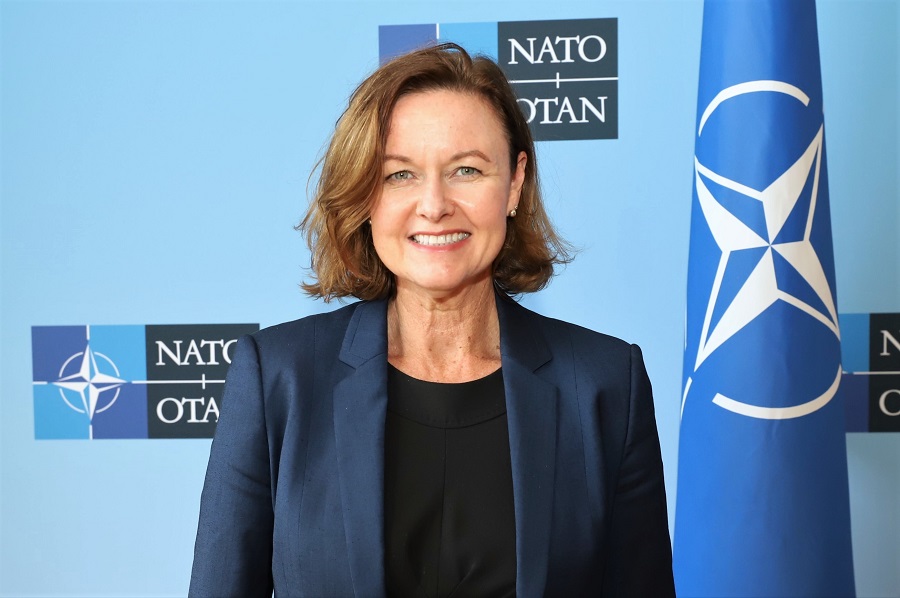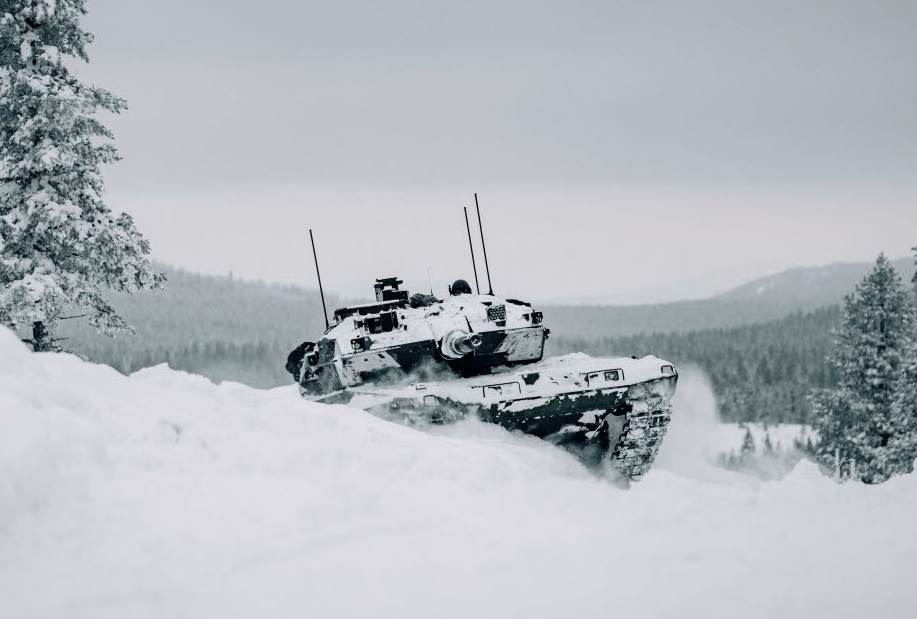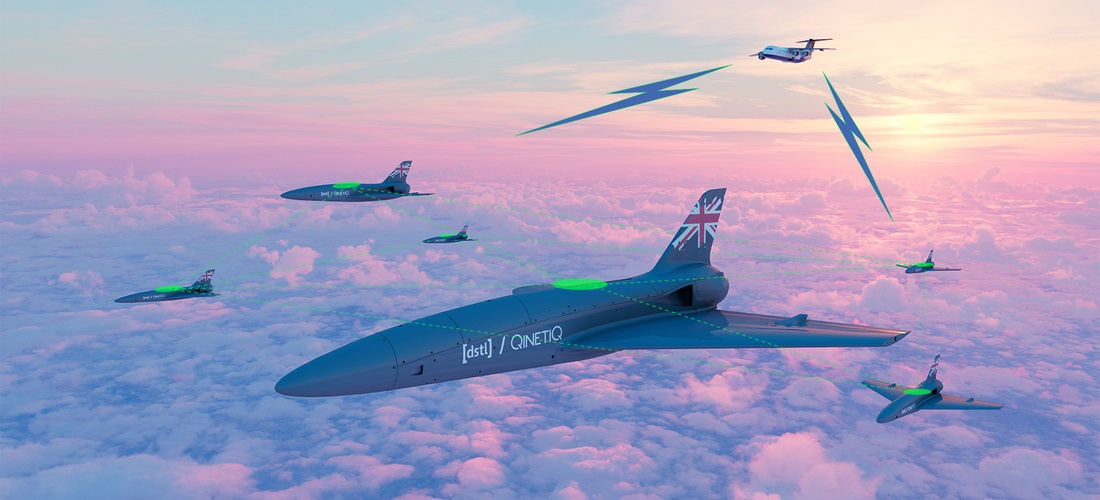Even if action has recently been taken by the EEAS and European Defence Agency (EDA) through PESCO, much faster integration is needed, starting with a single market for defense supplies and the harmonisation of equipment standards.
This is all classic single market stuff, easily explainable to all, but formally not an EU competence. Abolishing the exemption for defence contracts in EU public procurement rules in a very limited Treaty review would be a strong signal to demonstrate the EU’s resolve to support Ukraine. It should lay the framework for a long overdue push to a common EU defence policy.
Following the tanks controversy, the war in Ukraine has demonstrated to all European citizens, and to Europe’s partners and enemies, how dangerous (and reckless) uncoordinated national defence planning is in the face of a common threat. 30 years after the formal launch of the single market, the EU is still far behind as far as a common defense is concerned. National armies have their own equipment guidelines, their own logistics rules, their own weapons priorities.
More than 70 years of NATO has brought some cooperation and alignment but interoperability and technological capacities remain very uneven. Duplication is widespread, and economies of scale are not exploited. Addressing both of these shortcomings would allow for more efficient coordinated spending.
A few steps forward, some big obstacles ahead
The good news is that Europe has recently agreed to step up its defence cooperation, with the PESCO agreement and the launch of EDA. Joint assessments of defence capacities have been conducted for a while now, coordinated by EDA on the basis of Capability Development Plans provided by the Member States, matched with a Coordinated Annual Review on Defence (CARD).
But the Agency’s latest report, drafted in the midst of the war, is a sobering read and a stark reminder of the need for more cooperation, coherence and innovation in European defence. Cooperation is still not the default, it’s the exception, even with increased budgets. According to the report, national defence planning is happening in isolation. An example is the recent multibillion European Strategic Shield Initiative (ESSI) – or ‘missile shield’ – where Germany is being seen to go it alone, rather than developing it as a truly European project.
Integrating Europe’s defence markets will be a long-term effort. Defence equipment investments are usually paid off over many years, hence any integration effort will take a long time to have an impact. President Juncker raised the need for more defence integration in his 2016 State of the Union, and announced the creation of the European Defence Fund. This was then formally started only as part of the current multiannual framework with a EUR 8 billion budget, adding to Member States’ increased spending.
But joint defence spending in the EU stands at only 18 % (2022), well below the 35 % target set by EDA. It is mostly held back by myriad of regulatory barriers protecting national defence markets.
Europe has a sizeable defence industry, but well behind the US, which has a 39 % global market share (see Statista, 2017-2021). France has 11 %, Europe combined over 27 %, considerably more than Russia with 19 %. All commercial aircraft manufacturers are part of a larger aircraft and defence industry, a duality that is also present in the aircraft supply chain. Their defence share is however much larger in the US. Airbus and Boeing, for example, have a similar turnover, but with a much larger share for defence in the latter.
Europe has a history of failed or delayed joint military equipment projects, which may be slowly improving under the PESCO programme. Just before the war, in November 2021, the EU’s Foreign Affairs Council recommended more binding commitments to achieve the ambitions set by the Helsinki European Council of December all the way back in 1999!
The war has been a stark reminder of the cost of lagging behind in military capabilities, even if this has been pointed out many times over the last 20 years. Following the Versailles European Council in May 2022, the European Commission in July proposed European defence industry reinforcement through a short term procurement contract but it is limited to the EU budget (EUR 500 million), and only lasts until 2024.
The time to act really is now
One year of bloody war in Ukraine means European leaders must demonstrate their resolve to learn from the mistakes and unfulfilled declarations of the past, and to show the world that the implications of this crisis have been fully seized.
As during the sovereign debt crisis with the creation of the European Stability Mechanism (ESM), a rapid initiative for a limited Treaty Review is required to abolish defence’s exemption in public procurement (as contained in Article 346 (1b) TFEU). It should allow for an EU-wide defence equipment market to emerge through co-decision, thus being faster than ongoing initiatives. It would also give an important signal that the EU wants to integrate Member States’ policies from the bottom up. It will also be the basis for a more autonomous EU within NATO, further to both organisations’ declaration for ‘stronger and more capable European defence’ earlier this year.
Such an initiative will allow for the development of an EU defence industrial policy, highlight international dependencies and facilitate the integration of value chains in the European defence industry at a time when resources are stretched. It should also considerably improve capabilities and demonstrate a united front in supporting Ukraine and opposing Russia.
The EU has dithered on collective defence capabilities for too long. One year on from the outbreak of this dreadful war, there’s really no excuse for any further dithering.
Author: Karel Lannoo, Chief Executive Officer of Centre for European Policy Studies (CEPS).
This article was originally published on the Centre for European Policy Studies (CEPS) website.
























